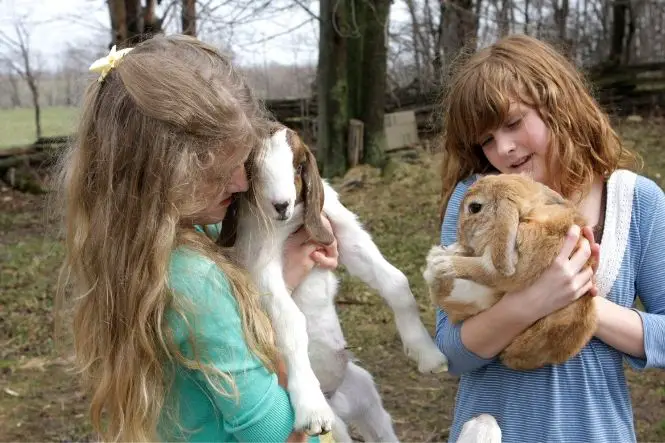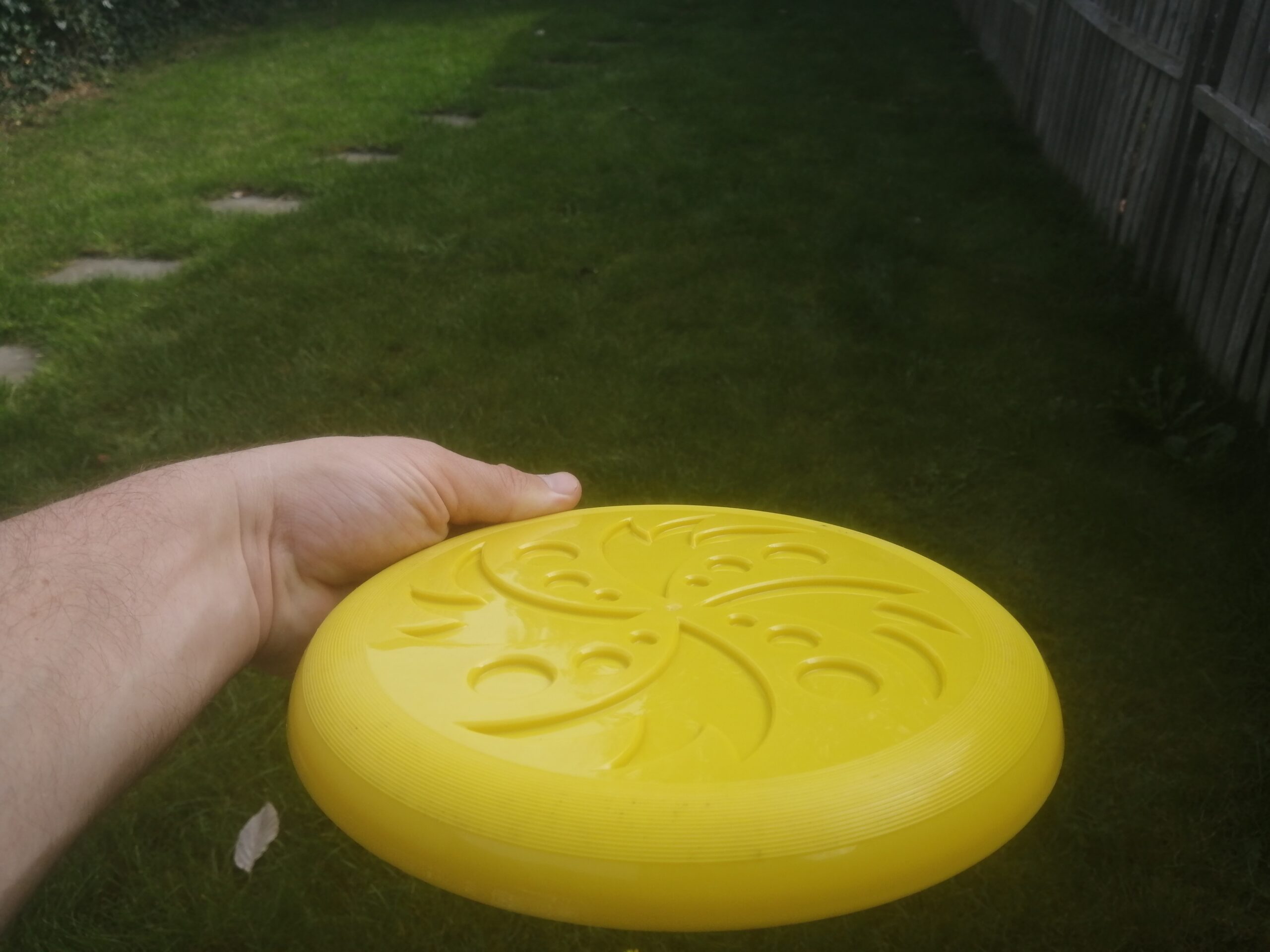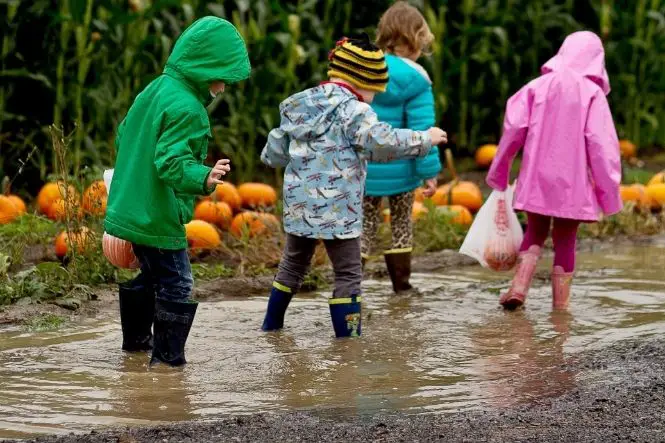Keeping pets is an excellent way for children to learn about responsibility, as well as helping them to develop a kind, caring attitude towards both animals and people – in theory. But the reality is that is can be a bit of trial and error while the child learns about the animal and how to live with it.
Low Maintenance Pets
Not all animals are suitable for children as pets and, unless you live on a farm, it is best to get a small animal and nothing too exotic! It is generally considered best to go for something that is low maintenance initially, as it may well be you that takes on the bulk of the care anyway, at least until your children are up to speed with looking after their pet. Small pets, such as rabbits, guinea pigs or mice, are good as they are fairly contained, cheap to keep and entertaining.
Hamsters are good, too, but they do tend to sleep a lot during the day and come out at night (they are actually desert creatures so they are following their instincts to come out in the cool and dark!).
Dogs And Kids can be a great mix – they are good for companionship but they can be expensive to buy in the first place, unless you go the worthy route of re-homing a dog from Dog’s Trust, Battersea or a local rescue centre. But you are taking a risk that you don’t know anything about the dog’s background, so always check this with the staff and make sure you understand the temperament of the breed and how big they are likely to get if not fully grown yet.
You’ll also need to think about responsibility and costs. Do you have enough time to train, socialise, feed, groom, exercise and play with a dog? Or any pet, for that matter. Animals need food, toys, collars, and visits to the vet for proper vaccinations.
And remember that pets will bring unexpected events, such as chewed and scratched furniture, fleas and behaviour issues that can have a negative impact on children for years.
How do I choose a pet?
Below are some types of pets you might want to consider:
Rabbits, guinea pigs, mice, hamsters Smaller animals make good pets and, provided you keep them clean, fed and watered, will be great fun. Vets bills are relatively low but it’s best to do some research first into things like winter care. Food and bedding are relatively cheap, and if you have a paper shredder at home you can use this with straw.
Children will often express an interest in a particular animal, and it’s more likely to be something cute and cuddly. Some children will be keen on reptiles, but it is best to steer clear of these unless you really research them first and are prepared to buy the necessary tank and live food.
Cats and kittens Cute as they are, kittens are not appropriate for children under age 5, because a toddler’s affectionate hug can seriously injure them. More mature cats are better able to cope with children and their fast, unexpected movements and loud noise. However, an older cat who feels threatened will naturally protect itself with the swat of a paw (though it’s no bad lesson for a child to learn).
There are Safety Issues About Cats And Babies, in particular the potential for a cat to smother a baby while it’s sleeping. Although this appears to be largely myth, the best advice is not to let a cat into the bed of a child under three year – and never a baby. It’s also good practice to restrict cats from children’s bedrooms by closing the bedroom door at night. You should always supervise toddlers and children when the cat is around.
Dogs and puppies As with cats, make sure that an adult is present when young children are around dogs and puppies. Larger dogs can often cope with toddler rough-and-tumble, but parents should remain within viewing distance as an over excited dog can easily bowl a toddler over. Behaviour varies greatly between breeds, so ask your vet or animal care worker for a suitable breed.
‘Mini-pets’ If you just don’t think you have time to care for a pet, try something low maintenance, such as goldfish or an ant farm. Particularly for younger kids, an ant farm can teach them about organisation and teamwork.
If you want really low maintenance ‘pets’ then you could try Sea-Monkeys (aka brine shrimp) which exist inside their tiny eggs for many years. You put water and powder in a plastic bowl and then add the ‘monkey’ crystals. They hatch and grow daily, then have babies. You feed them once every two days.
Some important considerations before adopting a pet
You will need to establish some ground rules for your child about handling your pet. Here are a few basics:
DO
- Worm cats and dogs at appropriate intervals as worms can transfer to humans. Seek advice from your vet on this.
- Insist on good handwashing following any handling of pets or pet excrement when cleaning out cages etc.
- Show your child the best way to approach and handle pets. If you have any doubts, consult your vet for handling advice.
- Plan special times when you, your child and your pet can play together to learn more about your pet’s special needs, likes and dislikes.
- Tell your child that their pet may not like the things they do, such as loud noises, rough play, or ‘people’ food. ‘Human’ chocolate, for instance, can be very harmful to dogs.
- Show your child that, like people, your pet needs to eat a proper diet daily.
- Explain that your pet needs to exercise regularly.
- Explain that your pet needs to go outside to go to the toilet (or use the litter box).
- Make sure your pet’s toilet area is away from play areas and is effectively disinfected.
DON’T
- Let pre-school children handle pets by themselves.
- Allow your child to yell at or hit your pet – show consideration for your pet, and your child will imitate you.
- Bother your pet when it is resting, sleeping, eating or playing alone with a toy – explain that pets need ‘private’ time, too.
- Let animals lick faces – it might be nice to have ‘kisses’, but when you consider what animals keep clean by licking, it isn’t so good to let them lick your face as well.
If you follow these simple rules, your child should be able to build a lasting, loving relationship with your pet.







